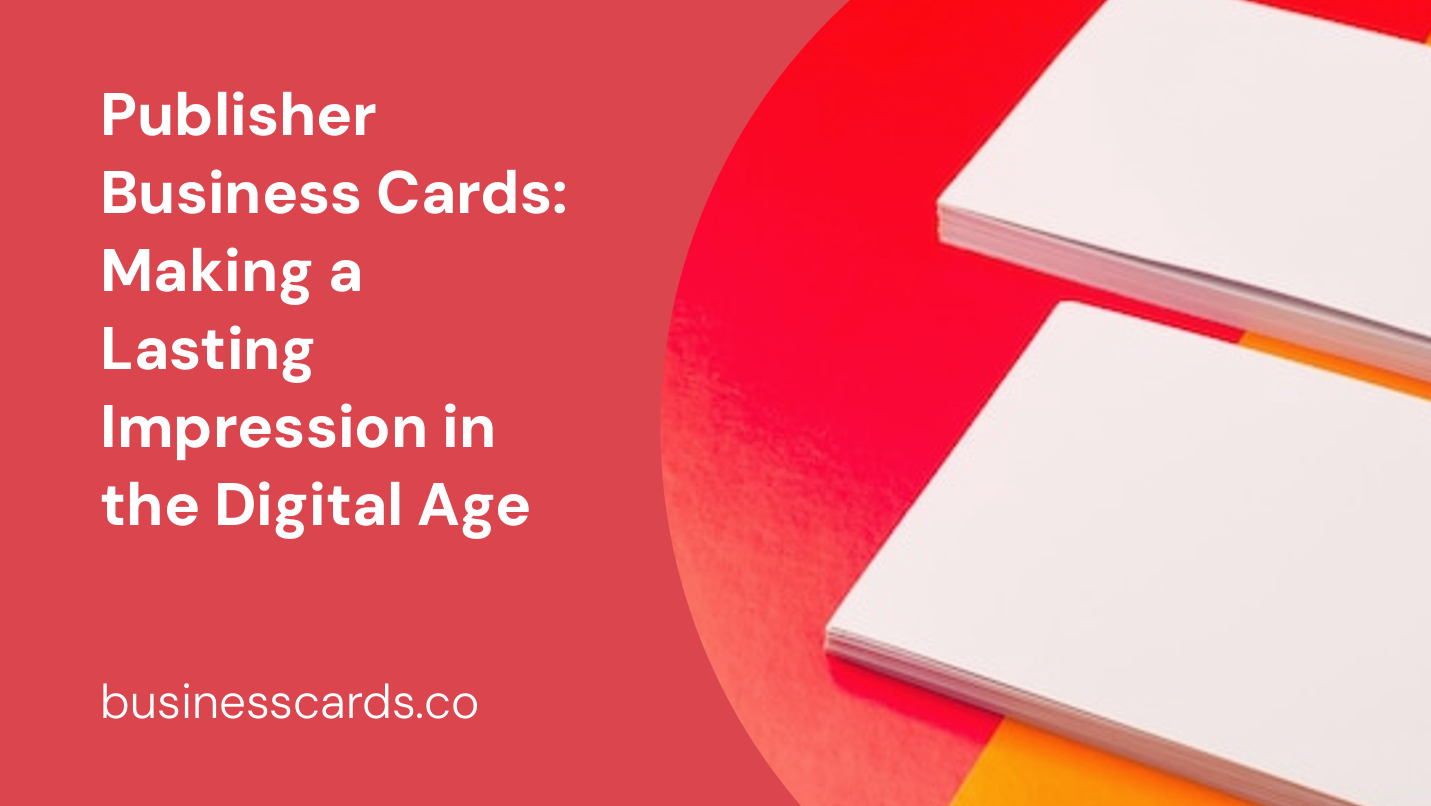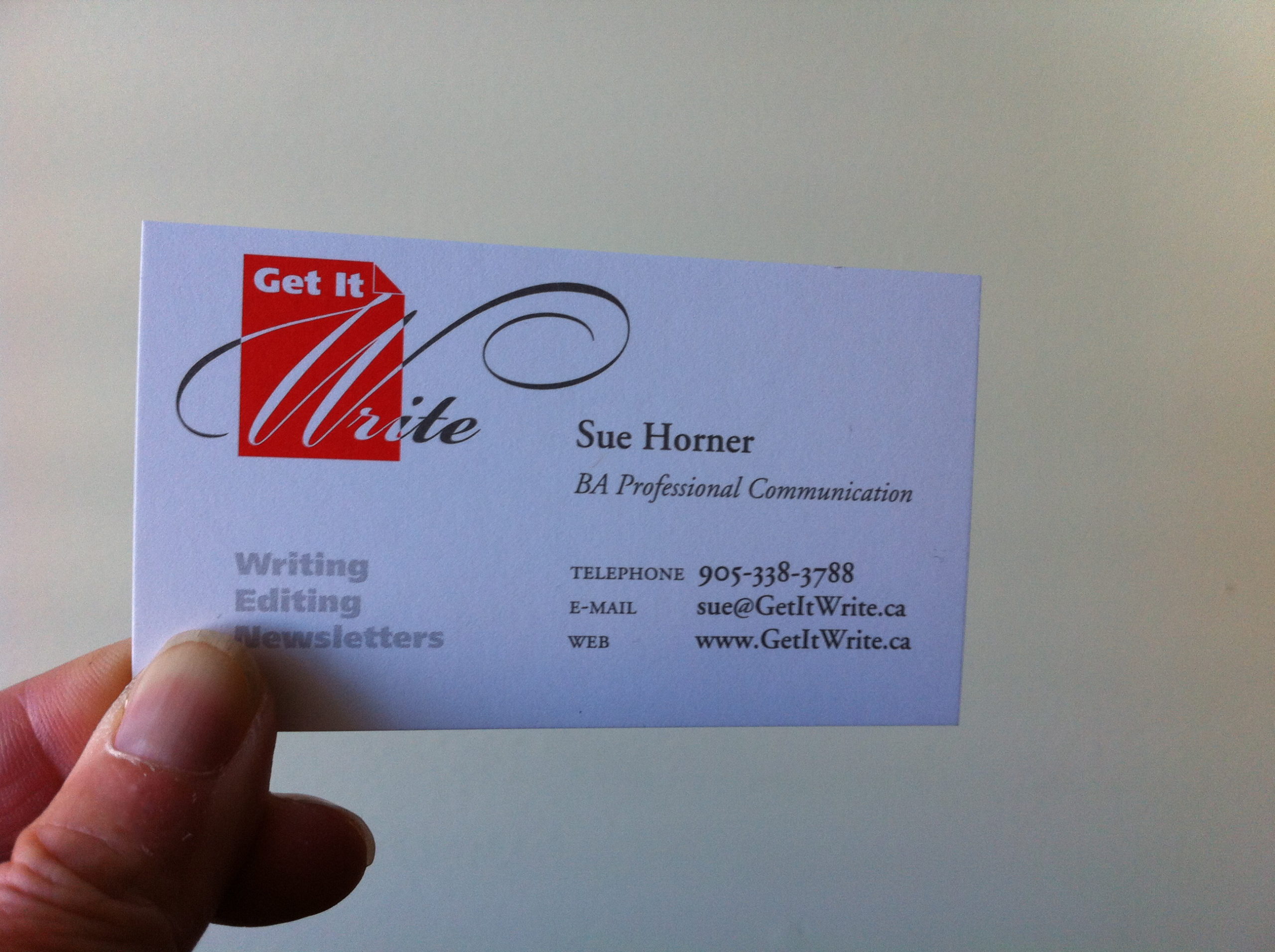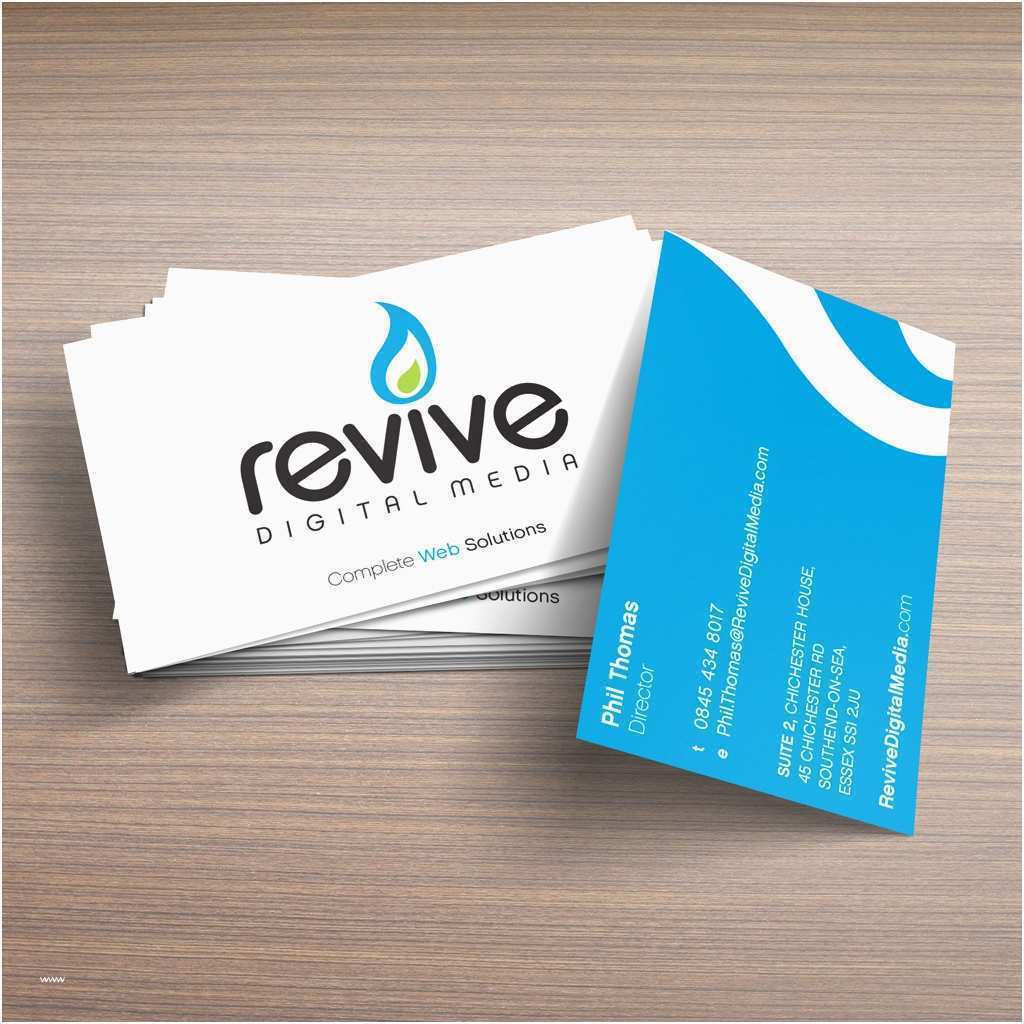
In today’s digital world, where information can be shared instantly with just a few clicks, many might argue that business cards have become obsolete. However, for publishers, these humble pieces of cardstock continue to play a vital role in networking, marketing, and making a lasting impression on potential clients and collaborators. In this article, we will explore the importance of publisher business cards in the digital age and offer some tips on how to create and utilize them effectively.
The Power of Business Cards in a Digital World

1. Tangibility and Memorability:In a virtual world filled with emails, social media profiles, and online portfolios, physical objects like business cards create a tangible and memorable connection. A well-designed business card can capture attention and leave a lasting impression on a recipient, making it easier for them to recall your name and services in the future.
2. Personal Touch and Branding:A successful publisher understands the importance of personal branding. Business cards offer an opportunity to showcase your unique style and personality. Through thoughtful design, choice of fonts, colors, and graphics, you can create a card that reflects your brand identity and sets you apart from the competition.
3. Ease of Exchange:While digital exchange of contact information is convenient, it still requires both parties to be connected online. In situations where Wi-Fi or mobile networks are unreliable, a business card provides a reliable means of exchanging information. It creates a seamless and immediate connection between two individuals, ensuring that important details are not lost or forgotten.
Designing an Impressive Publisher Business Card

1. Keep It Simple:When it comes to business card design, simplicity is key. Avoid cluttering the card with excessive information or complex graphics. A clean and uncluttered design enhances readability and allows the recipient to focus on the most important details – your name, contact information, and brand identity.
2. Choose the Right Colors and Fonts:The choice of colors and fonts is crucial in creating a visually appealing business card. Opt for a color scheme that aligns with your brand’s identity and evokes the desired emotions. Make sure the fonts used are legible and consistent with your overall brand image.
3. Don’t skimp on Card Quality:Invest in high-quality cardstock that looks and feels substantial. A flimsy or poorly printed business card can give the impression of unprofessionalism. Matte or glossy finishes can add an extra touch of sophistication.
4. Showcase Your Work:As a publisher, your business card is an opportunity to showcase your expertise and portfolio. Consider including a QR code that links to your website or online portfolio, allowing potential clients to easily explore your work.
5. Print Enough, But Not Too Many:Ensure you have an ample supply of business cards at all times, but avoid printing an excessive amount that might become outdated or go to waste. As your business grows and evolves, regularly reassess and update the information on your cards.
Distributing and Utilizing Publisher Business Cards
1. Be Strategic in Distribution:Handing out business cards should be strategic rather than haphazard. Identify networking events, conferences, and industry gatherings where you are likely to meet potential clients, collaborators, or industry professionals. Engage in meaningful conversations and exchange business cards with individuals who show genuine interest in your work.
2. Follow Up Promptly:After exchanging business cards, make it a point to follow up with any potential leads or contacts within a reasonable timeframe. A personalized email expressing your pleasure in meeting them and referencing your conversation can help solidify the connection.
3. Integrate Business Cards with Digital Platforms:Despite the importance of physical business cards, it is essential to integrate them with your digital presence. Include your business card details on your website, social media profiles, and email signature. This allows interested individuals to easily find and connect with you in the online realm as well.
4. Stay Consistent and Updated:As your business grows and changes, ensure your business cards remain consistent with your current brand image and information. Outdated or inconsistent business cards can create confusion and a negative impression.
Conclusion

In the digital age, where virtual interactions dominate our professional lives, publisher business cards remain a valuable tool for networking and making a lasting impression. By embracing the power of tangibility, personal branding, and strategic distribution, publishers can maximize the potential of their business cards. Remember, a well-designed and thoughtfully utilized business card can be a gateway to new opportunities, connections, and success. So, don’t underestimate the impact that a small piece of cardstock can make in today’s fast-paced, digital world.
Samuel Anderson, a branding connoisseur, brings his knack for design and a strong marketing background to the forefront. He’s a voracious reader and enjoys delving into psychology, which he incorporates into his marketing strategies for business cards and brand development.